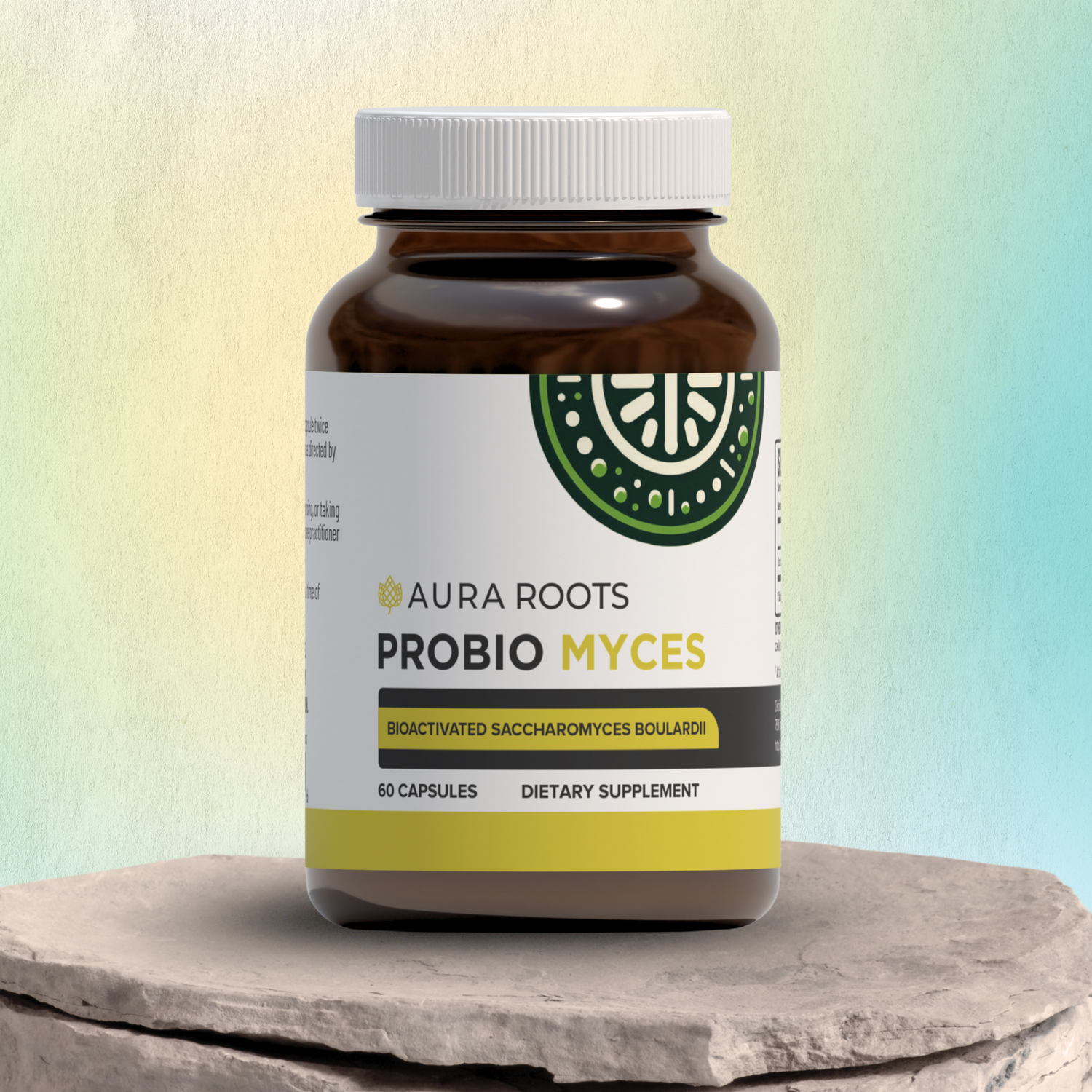Cumanda (Campsiandra angustifolia)
An extract from the bark of Campsiandra angustifolia also known as Campsiandra angustifolia Benth., Campsiandra angustifolia var. angustifolia, and huacapurana. C. angustifolia is a medium-sized tree native to Peru and Northern Brazil that is used by local people for food as well as health. Constituents found within the bark include proanthocyanidins, flavonoids, gallotannins, and caffeoylquinic acid. Secondary metabolites include steroids, flavonoids, saponins and tannins.8 In traditional historical use, it has been used for microbial support, healthy inflammatory response support, and gastrointestinal support,*Cumanda is most known for its robust and diverse microbial support.
Houttuynia (Houttuynia cordata)
A hydro-ethanol extract from Houttuynia cordata leaf, which is in the Saururaceae family. It is known as yu xing cao in traditional Chinese health practices and is found throughout Southeast Asia. Constituents include volatile oils such as alpha-pinene, d-limonene, citronellol, carvacrol, and thymol; flavonoids such as quercetin, quercitrin, isoquercitrin, and rutin; organic acids such as chlorogenic acid, palmitic acid, and linoleic acid; phytosterols such as stigmasterol and beta-sitosterol; and water-soluble polysaccharides. H. cordata also contains houttuynoside A and houttuynamide A, in addition to amino acids, vitamins, and trace minerals.













